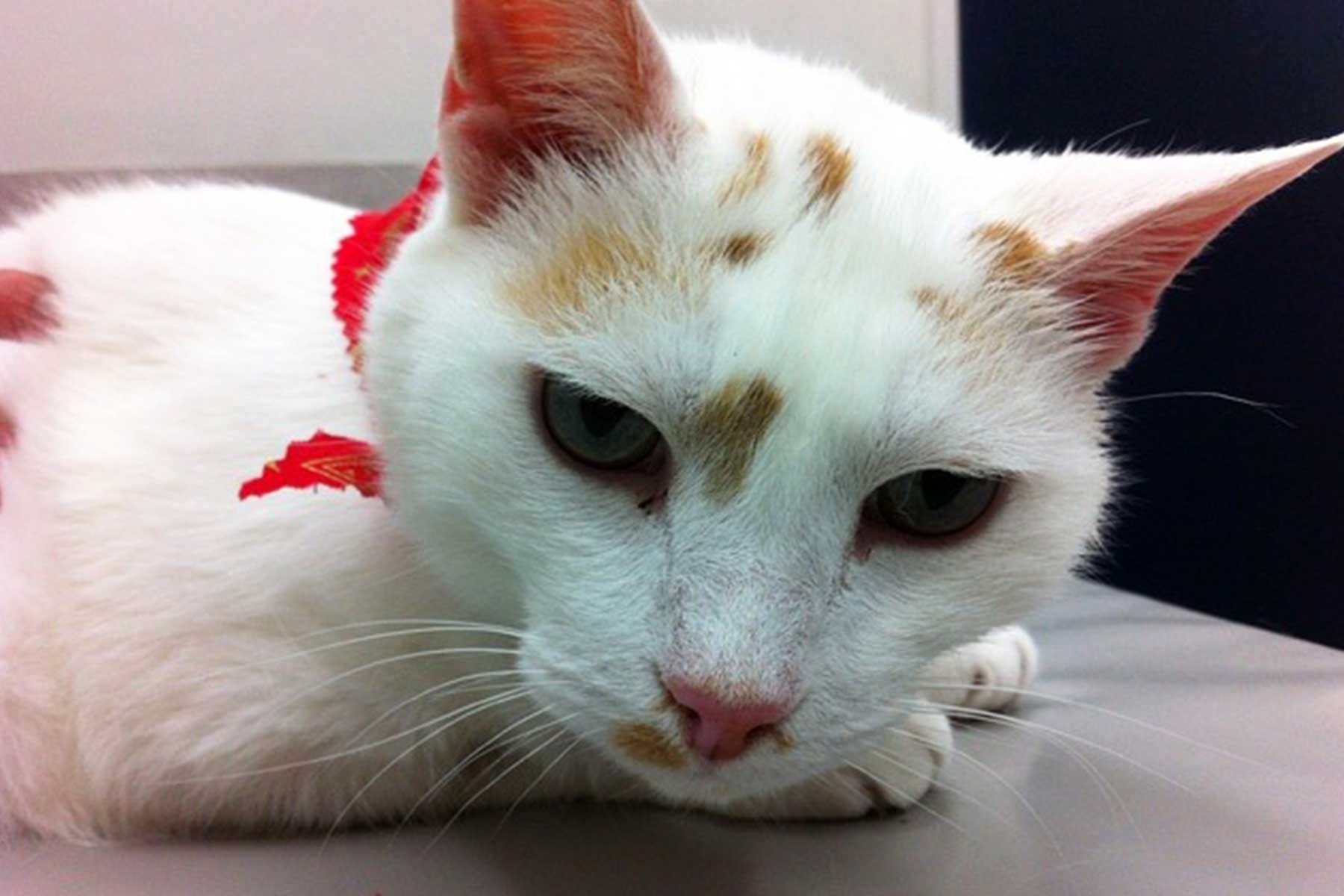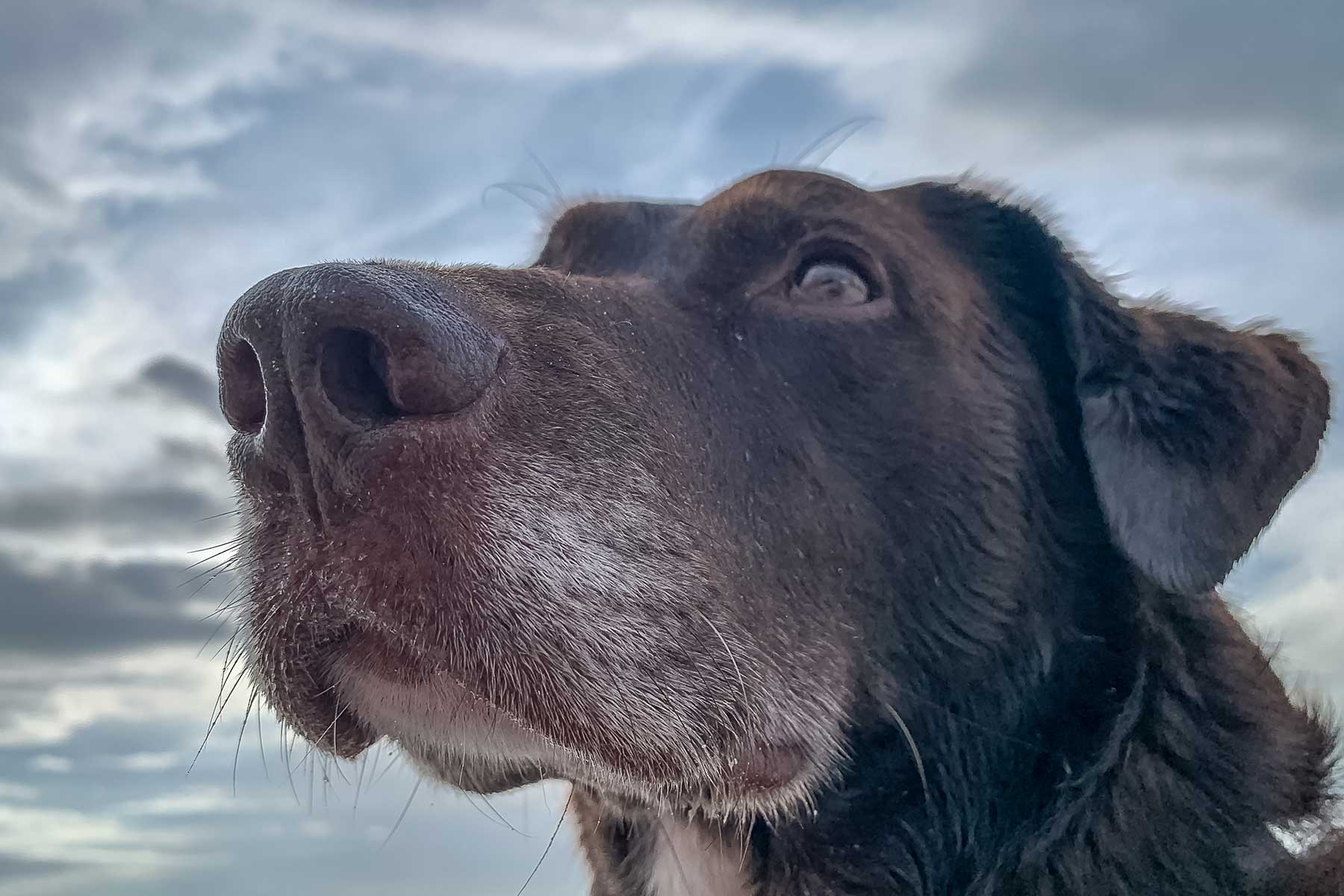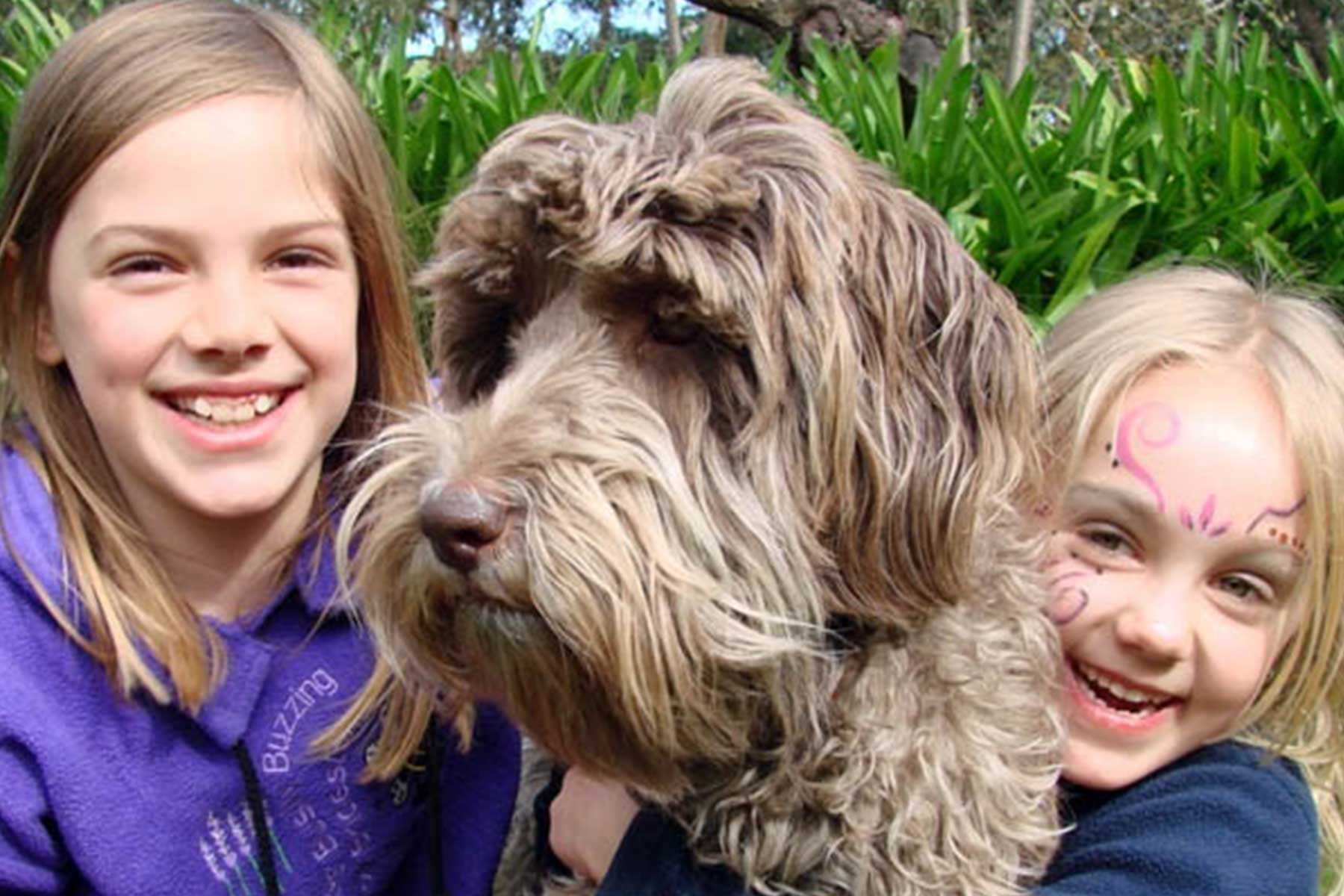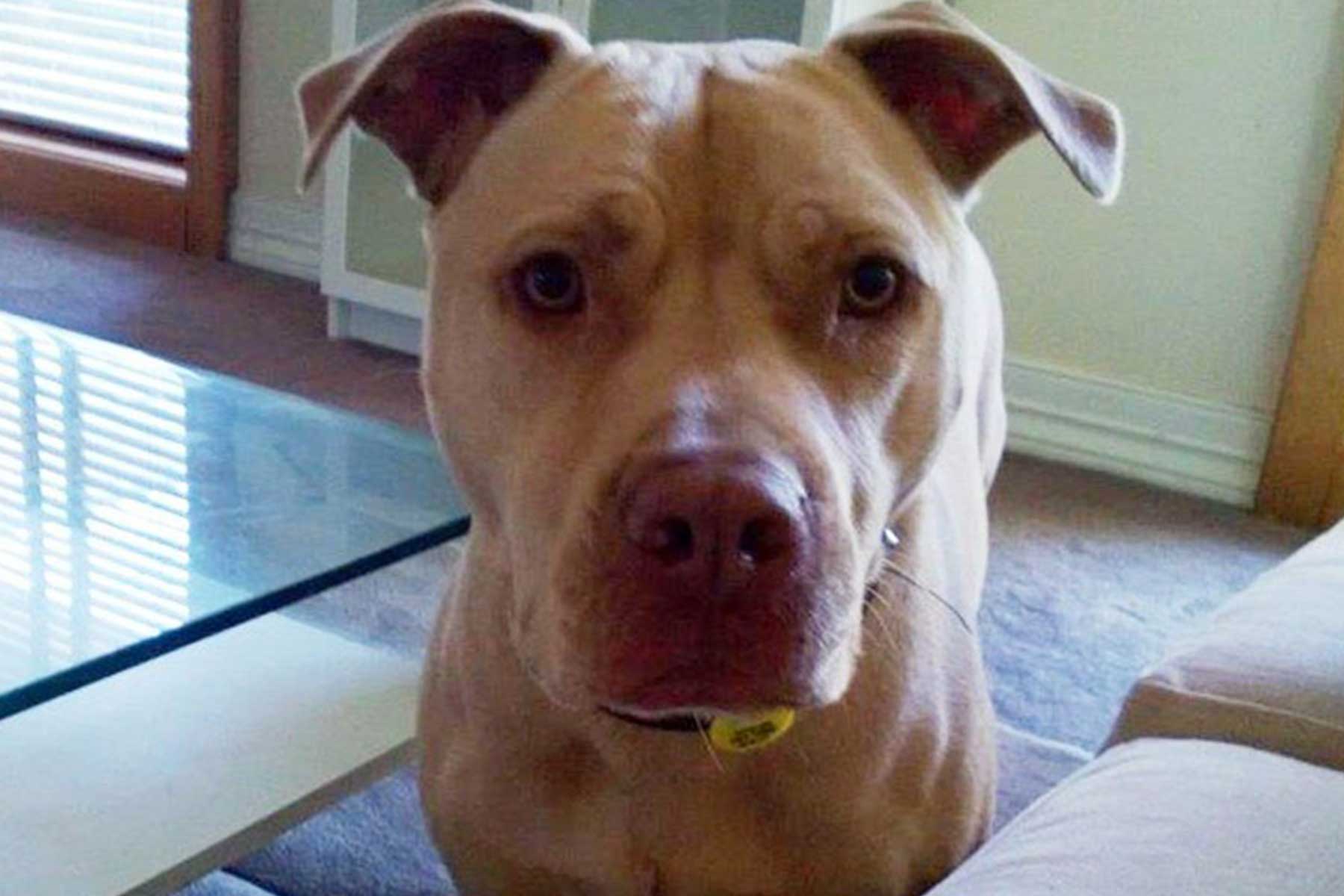As professionals who spend their days wrangling all sorts of pets, your veterinary team are experts at keeping wriggling puppies, cranky cats and anxious dogs still for examinations and procedures. Our aim is to make your pet’s visit to the vet as stress free as possible by managing the waiting room well, taking the time needed to gain your pet’s trust and using lots of positive rewards. But let’s face it… not many animals will sit still for their vet while they perform a thorough examination, give medicines and injections or perform treatments such as nail clips and bandage changes. By sharing some of our techniques with you, we hope you will have a better understanding of how we gently, but firmly restrain your pet.
How are animals restrained?
We always use the least amount of restraint as possible, so if your pet just needs a gentle hand on his collar, then that’s all we will do. Other techniques involve securely holding your pet around the body, using an arm around the head to keep it still for eye and ear examination, tucking their body under our arm like a bagpipe and using our hands to secure the head or a leg.
Cats may occasionally need to be scruffed which involves holding the skin on the back of their neck to safely immobilise them. However fear free methods that involve gentle control are preferred. These include wrapping anxious cats securely in a towel (affectionately known as a Kitty Burrito), encouraging the use of a carrier or blanket to hide in during consultation and using gentle techniques to encourage them from the security of their carrier.
The positions that we restrain animals in do not place pressure on the airways or abdomen but work with the natural biomechanics of the patient’s body to prevent movement. All animal restraint techniques do not hurt the animal and all of your nurses and vets are trained in the specifics of restraint to ensure this.
What about muzzles?
Muzzles come in a range of sizes and styles, so there are options to suit just about every size and shape face, including cats. They are designed to limit the movement of the jaw so that it cannot be opened up far enough to bite someone. They do not affect the breathing of the animal and some patients even nibble on treats while in a muzzle. Some animals respond well to the distraction a muzzle provides, taking their focus away from the treatment being performed.
When do we use a muzzle?
Animals respond to stress in one of four ways: Fight, Flight, Fidget or Freeze. These are all normal responses to fear and the fight response often presents as growling, baring teeth, hissing (in cats), snapping and trying to bite. If your pet reacts to stress with a fight response we may need to use a muzzle.
Your vet knows that your pet may be afraid or in pain when they come to see us, and a frightened pet will not act the way they normally behave at home. We understand that we are seeing a snapshot of their behaviour that may not reflect their normal personality. It is important to us that you know we are not branding your pet as aggressive if we choose to muzzle them. However, we do need to keep you, the animal and ourselves safe and would prefer to take preventative measures just in case.
Your veterinary team are trained to recognise very subtle body language cues that indicate your pet may respond with a snap. If they do not usually display this behaviour at home, you might not be aware of these subtle cues, so it may appear that your vet is “muzzling for no reason”. It is of course possible that your pet would not have bitten us, however the use of a muzzle reduces risk and allows us to fully concentrate on the task at hand which is to provide quality health care.
How Can Owners Help?
If your pet is particularly afraid and the vet does not feel they can put a muzzle on safely, they may ask you to assist as your pet will feel much safer with their owner doing this than a stranger.
The most helpful thing you can do is to tell us upfront if your pet has ever lunged at or tried to bite the vet previously. We find that owners can be reluctant to volunteer this information because they feel embarrassed or do not want their pet to be seen as aggressive, especially when they are usually a big softy.
We hope you will feel comfortable to discuss with your vet their reasons for muzzling your pet and that you keep in mind how important it is for your veterinary staff to feel safe.
We hope this information helps remove the stigma associated with the use of muzzles, they are not an assumption that your dog is aggressive or poorly socialised, they are merely another tool in our animal restraint tool box.
If your pet is particularly fearful when visiting the vet, please ask your vet about Fear Free Visits and visit the following links with further information.
Visiting the Vet Without Fear – https://adelaidevet.com.au/pet-library/visiting-the-vet-without-fear-overcoming-fear-and-anxiety
Taking Your Cat To The Vet – https://adelaidevet.com.au/pet-library/catbox-and-cage-phobia-taking-your-cat-to-the-vet











